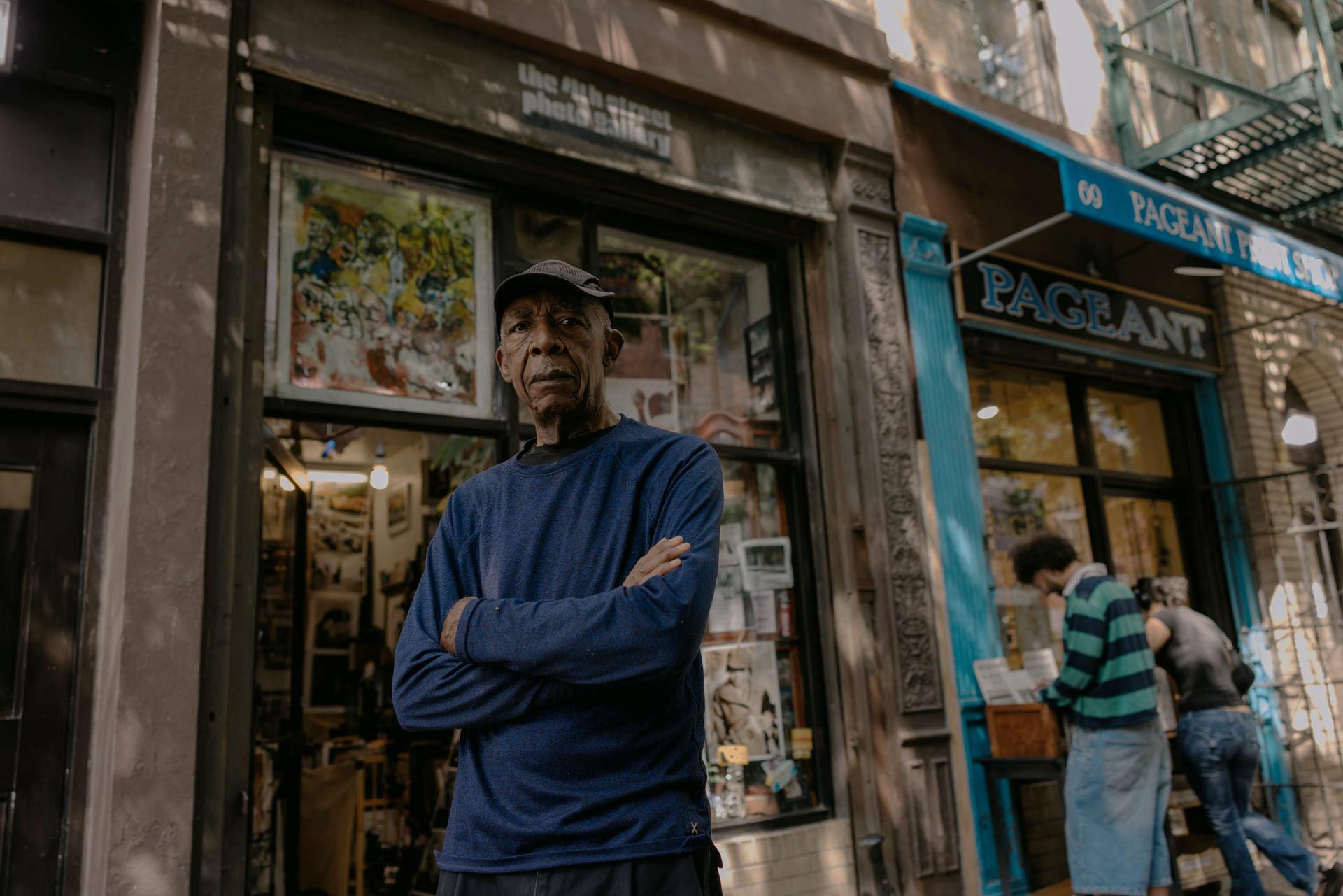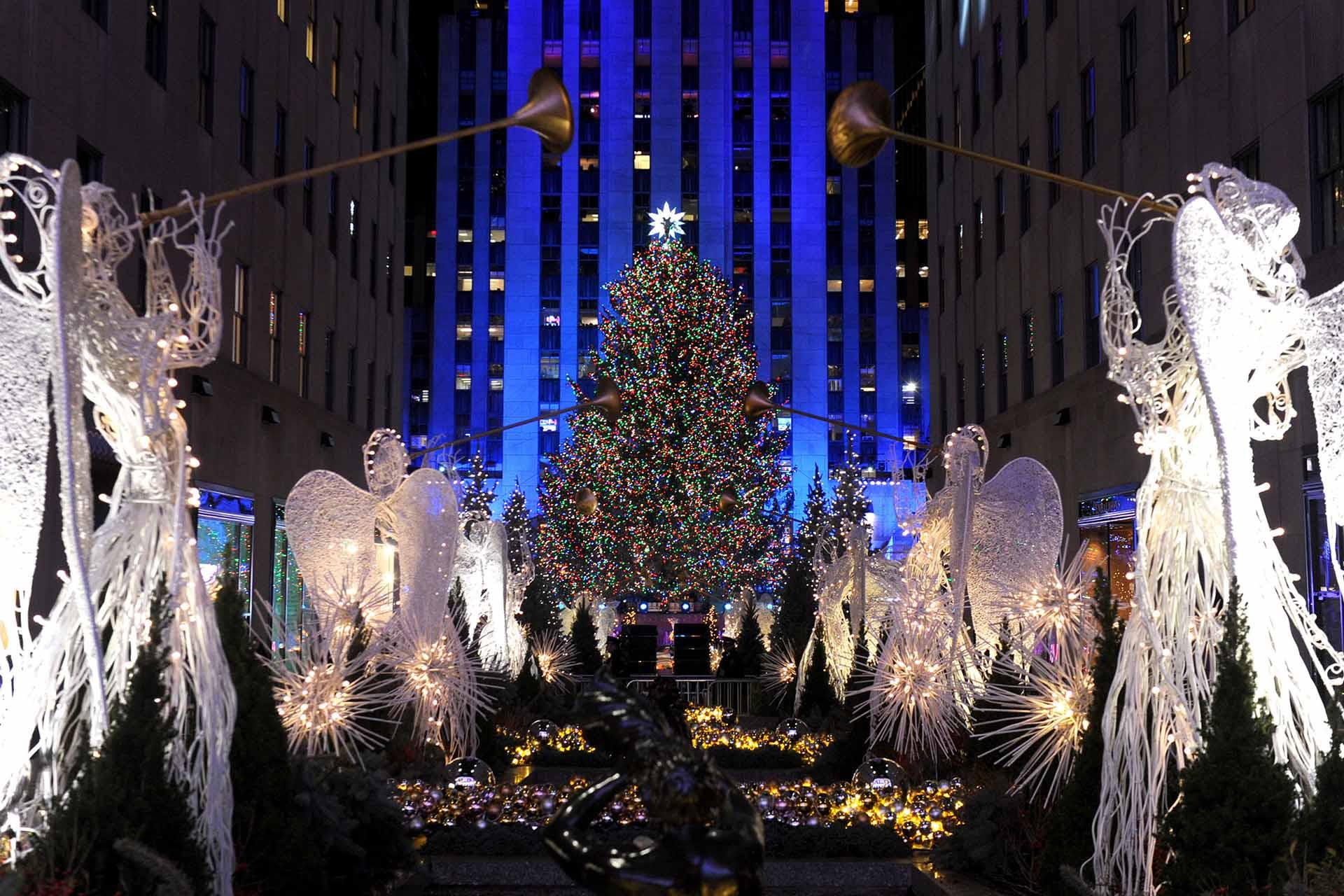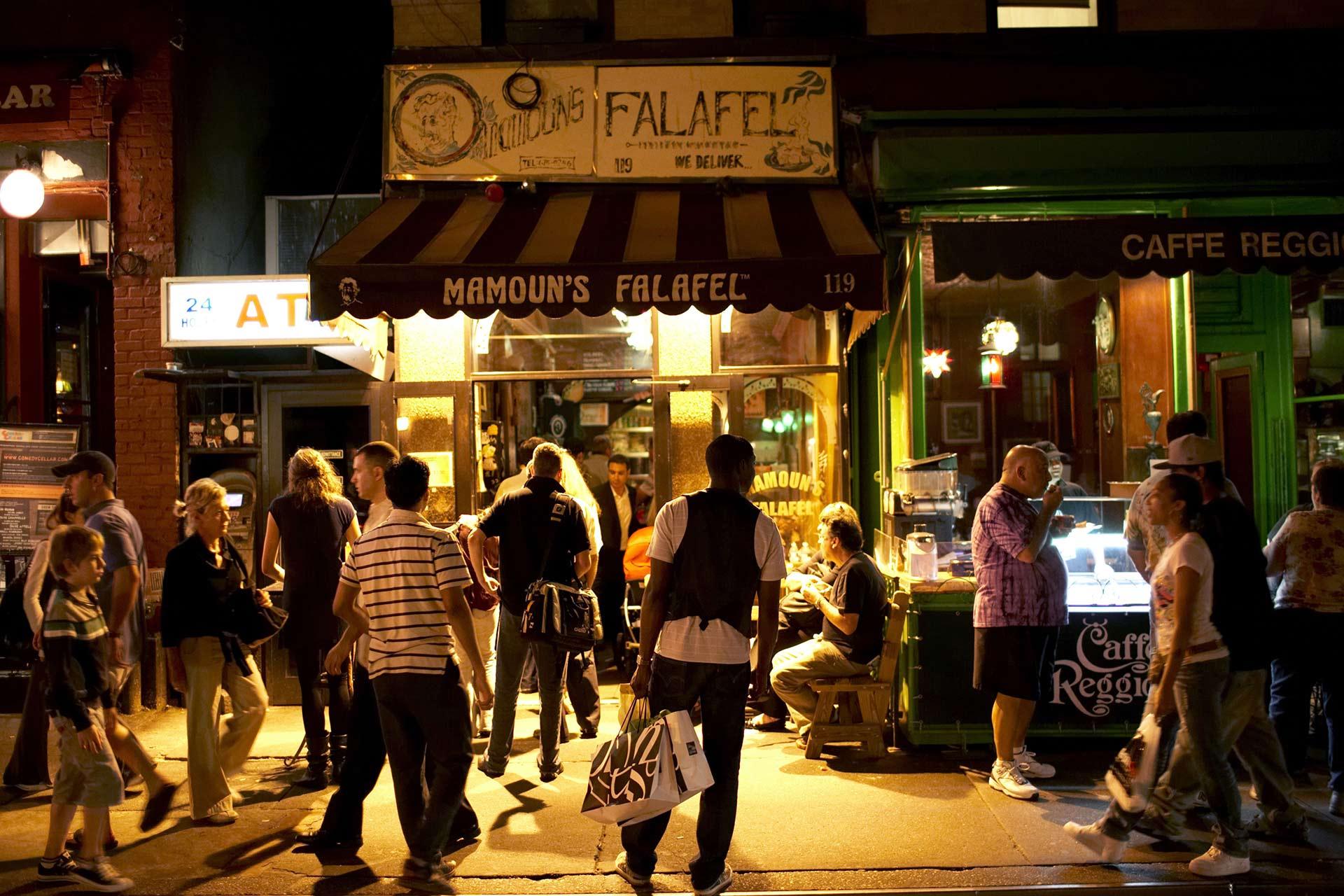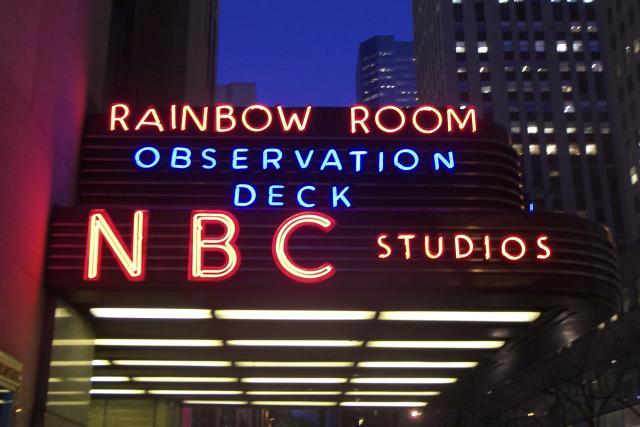“I’m the first artist in my family that I know of,” says Texas Isaiah, who grew up in Brooklyn’s East New York neighborhood. “It wasn’t necessarily a priority at school. I really entered the photographic space in adulthood, around 2012.”
Primarily self-taught, the photographer shares a personal connection with his subjects, many of whom are trans or nonbinary people of color. He creates work in the three places he now calls home—New York City, Los Angeles and the Bay Area—and his photography has been on view at the Studio Museum in Harlem, the San Diego Art Institute, LA’s Hammer Museum and Art Basel in Miami. In 2017, Time magazine named him one of the “12 African American Photographers You Should Follow Right Now.”
For this series, Texas Isaiah presented two very different experiences of WorldPride 2019: intimate portraits of his friend, producer and organizer Wazi Maret, as well as images shot at the Brooklyn Boihood party at 3 Dollar Bill in Bushwick. We spoke with him about that day, his process and the importance of representing his community in his work.

Why did you choose to single Wazi out for a solo series?
Texas Isaiah: [Wazi] is a very close friend of mine. I met him in the Bay Area but he moved to New York about a year ago. The photos were taken at his apartment, in Crown Heights, on Pride Sunday. He was actually supposed to go to the event I shot in color but he couldn’t make it. I wanted to document his process because I don’t see a lot of photos of black trans masculine individuals—that kind of grooming ritual before one steps out of the house.
When I was figuring out what to shoot from that day, I didn’t just want to encapsulate the party atmosphere. That’s what people are drawn to, that’s what we associate [Pride] with. I also wanted a more intimate environment—that private moment before people leave the house.
Why black and white?
TI: Before I moved to California I was primarily shooting black-and-white images, film specifically. For the two-and-a-half years since I’ve come here, I’ve been doing a lot of color photography. So there was something about going back to that process in New York that really resonated. Images really pop in color, of course. But black and white feels very personal and rooted. Very intimate.


You’ve been an advocate for acknowledging the sitter as part of the photographic process. Did you and Wazi discuss the shoot?
TI: Yes, overall that’s a conversation I’m having with people that I work with. I think it’s a conversation other [photographers] collectively need to have with their sitters—[to] consider the image, how it impacts the sitter and who gets to benefit off that.
Wazi and I have a very specific photographic relationship. I think I was the first person to take portraits of him when he was in Oakland. So whenever we are in the same physical space we talk about what it means to have ownership of your images. I also wanted him to see his growth in the three years since I first photographed him. Those [older] images are noticeably different than these because he wasn’t used to this kind of witnessing. We collectively discussed what it meant to be a black trans body photographed by another black trans body—the importance of that. But it doesn’t have to always be so heavy. There’s an ease that I love in these pictures. He’s getting ready—he’s engaging in his rituals. I felt like an onlooker, not [someone] penetrating that space.

Where were the party photos taken?
TI: That was a daytime party at 3 Dollar Bill, hosted by Brooklyn Boihood, which consists of trans masculine nonbinary individuals. They’ve been around as a group for about a decade. There were a ton of people coming in and out…I feel like maybe 1,000 to 1,500 people?
Many of those in the photos are important to the trans masc and nonbinary community, as well as to parties like this—such as DJ Rimarkable. Were you seeking these folks out?
TI: A lot of these people [who] came to the event—I didn’t expressly [ask] them to come. I had a sense they might be there. But Brooklyn Boihood has been holding these amazing queer spaces for so long, it’s like you know there’s gonna be huge participation.



There are some great pairings in the party series. Tell us about some of them.
TI: There’s a picture of Sir Knight with Tashan Lovemore. They’re with the collective Black Trans TV. It’s a platform to uplift, motivate and inspire people to be the best versions of themselves. Their demographic is mostly TLGBQIA folks.
And what about the person with the bejeweled face mask and the harness?
TI: That’s Devin-Norelle. I’ve known zem [preferred gender-neutral pronoun] for a couple of years now.
Did you ask zem to dress like that?
TI: Oh no, that’s just how Devin-Norelle shows up. [Laughs]






